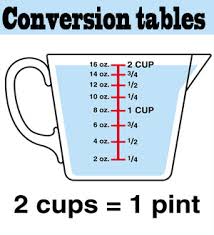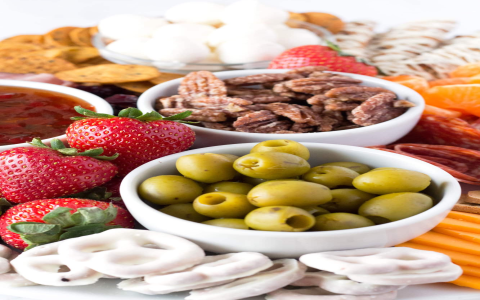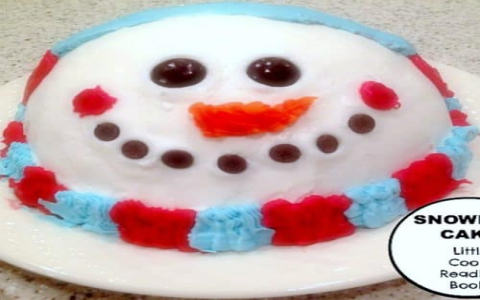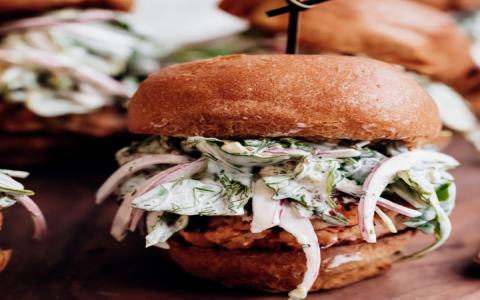When diving into the world of culinary arts, one often encounters the need to convert between different units of measurement. Whether you’re following an international recipe or simply adjusting your daily intake, understanding how to switch between grams and cups can be incredibly useful. This becomes particularly pertinent if you’re curious about how many cups 375 grams might equate to.
Let’s start by exploring the basics. In cooking and baking, precise measurements are paramount. The conversion from grams to cups isn’t always straightforward as it largely depends on the ingredient in question. Ingredients like sugar, flour, butter, and liquids all have different densities, which means they will occupy different volumes for the same weight.
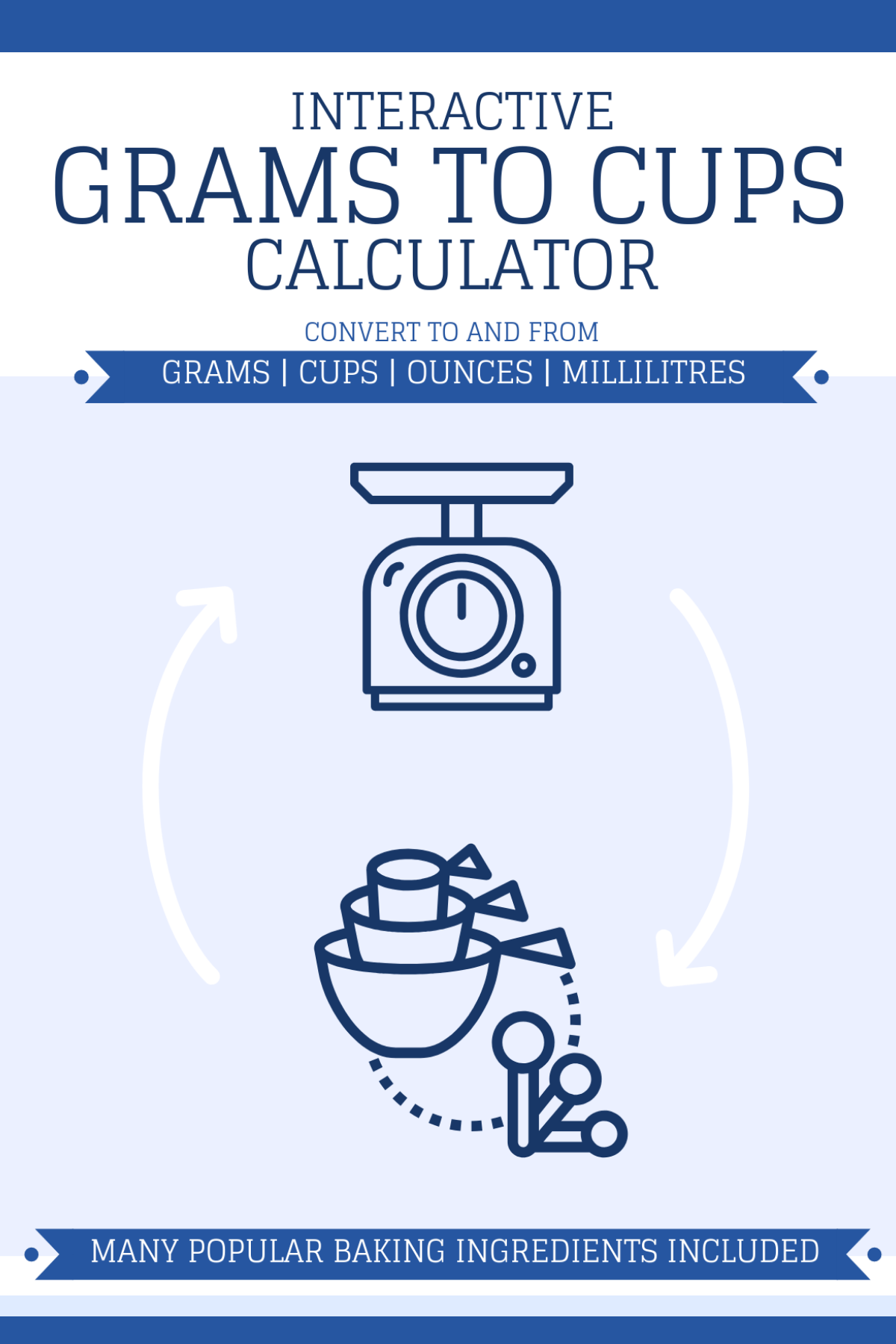
For instance, 375 grams of liquid water would be approximately 1.58 cups because 1 cup of water equals roughly 236.588 grams at room temperature. This is a near exact conversion due to water’s simple density. However:
-
Sugar: If your 375 grams is sugar, the volume in cups would be different. Granulated sugar, which is denser than water, packs down when measured. Thus, 375 grams of sugar would be about 1.875 cups. Knowing this can help when you’re baking a cake or making a syrup where precise sugar quantities are crucial.
-
Flour: Now, if we’re discussing all-purpose flour, 375 grams would yield approximately 3 cups. Flour’s density can vary based on whether it has been sifted, how it was stored, or if it’s packed. This slight discrepancy emphasizes the importance of knowing your ingredient’s characteristics.
-
Butter: Butter, on the other hand, is solid and thus behaves differently. 375 grams of butter would translate to 1.66 cups, where 1 cup of butter weighs about 227 grams. This conversion is invaluable when ensuring your pastries are neither too greasy nor too dry, maintaining the perfect balance.
These examples highlight an essential point about dry vs. liquid measurements: liquids have a more consistent density, making their volume to weight ratio predictable. Dry ingredients, however, like sugar, flour, and chocolate, can have considerable variation in volume for the same weight due to differences in compaction or structure.
When preparing a recipe, it’s often beneficial to have a reliable conversion chart or kitchen scale. Here’s why:
-
Precision: Ingredients like baking soda or baking powder require exact measurements for the chemical reactions in baking to occur correctly. An incorrect amount might lead to a failure in texture or rise.
-
Consistency: If you’re sharing your recipes or reproducing them, consistent measurements ensure that the dishes turn out as expected.
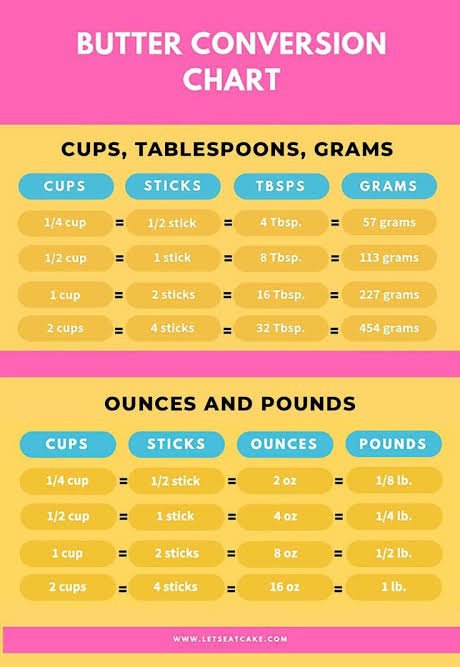
-
Adaptability: Some of us naturally measure in cups, while others prefer grams. Having these conversions can make recipes accessible to all.
To wrap up our exploration of 375 grams in terms of cups, remember that each ingredient has its unique footprint in volume when it’s weighed. While the conversions provided are typical, deviations might occur:
-
For perfectly accurate measurements, especially in professional or high-stakes settings, measuring by weight with a scale is your best bet.
-
Converting on the fly with this knowledge can be your go-to strategy for a quick bake or when you don’t have your scale handy but possess a set of cups and some knowledge.
Now, armed with these tips, you’ll transform from a curious home cook into a culinary expert, effortlessly handling conversions, and making every recipe your own with confidence. Remember that the joy of cooking lies not just in the preparation but also in the learning and adapting along the way. Enjoy creativity and precision in your kitchen adventures.
